
Deutsch-Chinesische Enzyklopädie, 德汉百科
 Saudi Arabia
Saudi Arabia


 Carlos Alberto Parreira
Carlos Alberto Parreira
 FIFA Fussball-Weltmeisterschaft 2018
FIFA Fussball-Weltmeisterschaft 2018
 Group A
Group A
 FIFA Fussball-Weltmeisterschaft 2022
FIFA Fussball-Weltmeisterschaft 2022
 FIFA Fussball-Weltmeisterschaft 2022
FIFA Fussball-Weltmeisterschaft 2022
 Group C
Group C
 Saudi Arabia
Saudi Arabia






 Airbus A320
Airbus A320
 SkyTeam
SkyTeam
 Airbus A320
Airbus A320
 A319-100
A319-100
 Airbus A320
Airbus A320
 A320-100 / -200
A320-100 / -200
 Airbus A320
Airbus A320
 A321-100 / -200
A321-100 / -200
 Airbus A330
Airbus A330
 SkyTeam
SkyTeam
 Airbus A330
Airbus A330
 A330-200
A330-200
 Airbus A330
Airbus A330
 A330-300
A330-300
 Boeing 747
Boeing 747
 747-400
747-400
 Boeing 747
Boeing 747
 747-400ERF
747-400ERF
 Boeing 747
Boeing 747
 747-8F
747-8F
 Boeing 777
Boeing 777
 777-200ER
777-200ER
 Boeing 777
Boeing 777
 777-300ER
777-300ER
 Boeing 777
Boeing 777
 777F
777F
 Boeing 787
Boeing 787
 Boeing 787-9
Boeing 787-9



 Aerospace
Aerospace
 SkyTeam
SkyTeam
 Saudi Arabia
Saudi Arabia
 Saudia
Saudia

 Companies
Companies

 Egypt
Egypt
 Australia
Australia
 Belgium
Belgium
 Brunei Darussalam
Brunei Darussalam
 China
China
 Germany
Germany
 Djibouti
Djibouti
 France
France
 Greece
Greece
 Guangdong Sheng-GD
Guangdong Sheng-GD
 Hongkong Tebiexingzhengqu-HK
Hongkong Tebiexingzhengqu-HK
 India
India
 Indonesia
Indonesia


 IT-Times
IT-Times
 Late Classical, Romantic (Early, Middle, Late)
Late Classical, Romantic (Early, Middle, Late)
 Italy
Italy
 Japan
Japan
 Malaysia
Malaysia
 Morocco
Morocco
 Myanmar
Myanmar
 Oman
Oman
 Pakistan
Pakistan
 Philippines
Philippines
 Portugal
Portugal
 Republic of Korea
Republic of Korea
 Saudi Arabia
Saudi Arabia
 Shanghai Shi-SH
Shanghai Shi-SH
 Singapore
Singapore
 Sri Lanka
Sri Lanka
 Taiwan Sheng-TW
Taiwan Sheng-TW
 Thailand
Thailand
 Turkey
Turkey
 United Arab Emirates
United Arab Emirates
 United Kingdom
United Kingdom
 Vietnam
Vietnam
 Cyprus
Cyprus
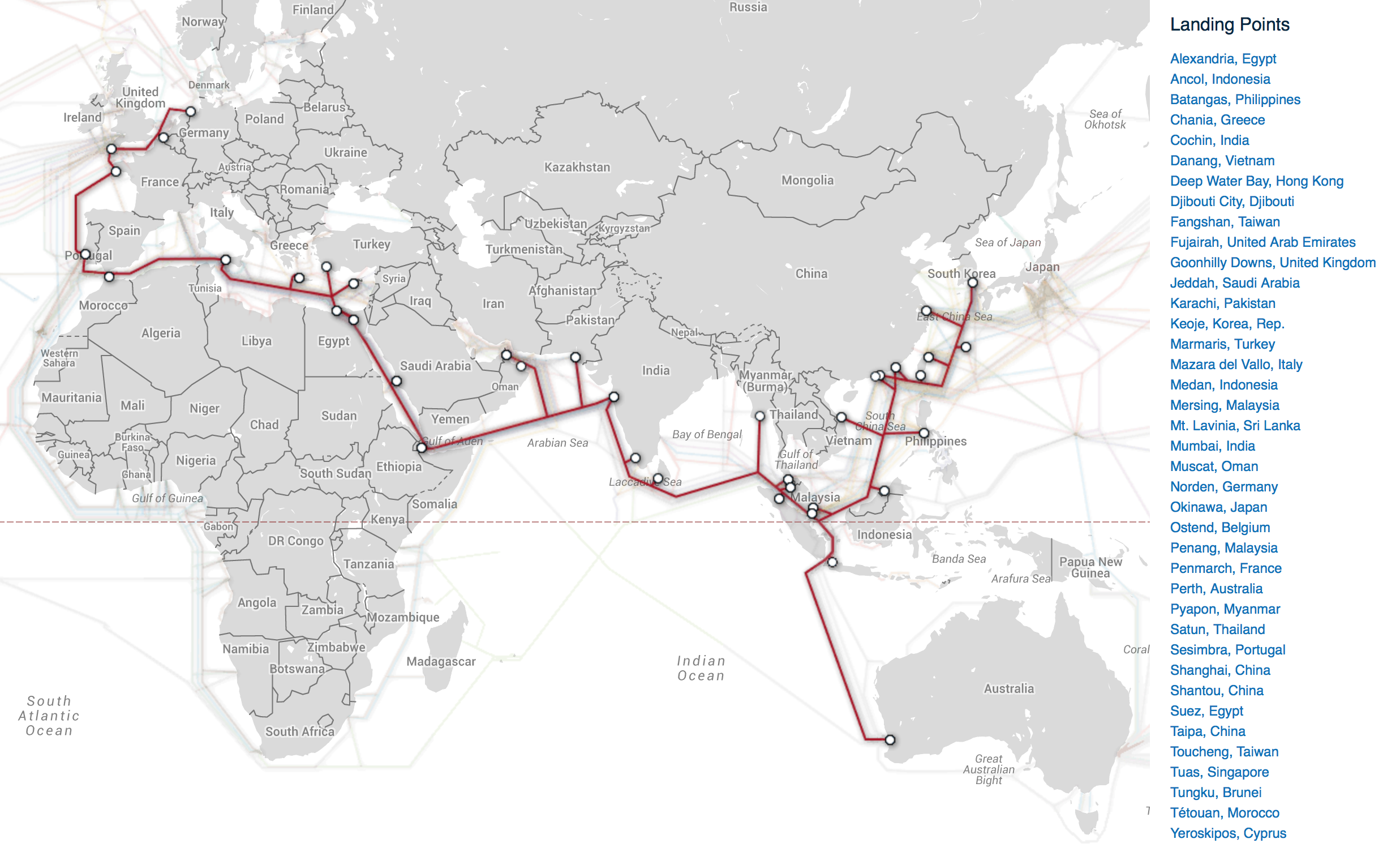

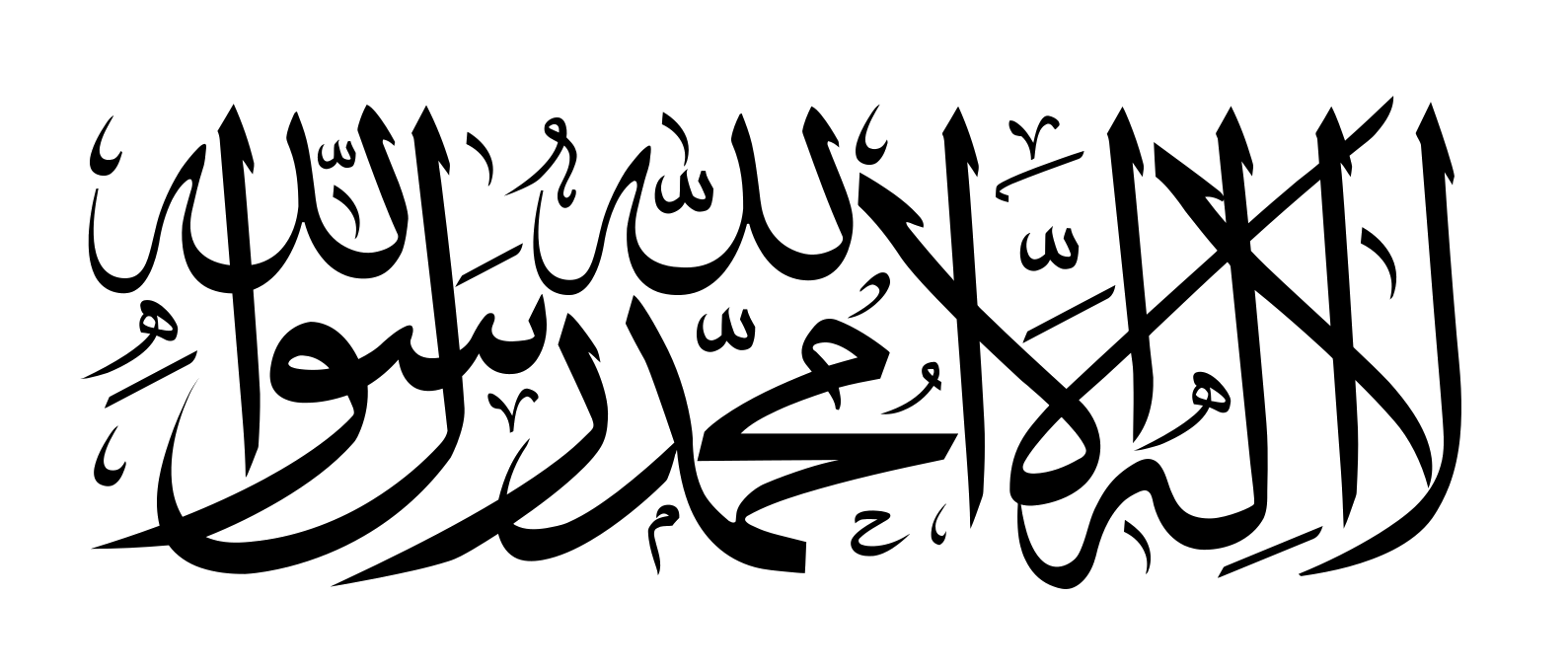 Afghanistan
Afghanistan
 Egypt
Egypt
 Algeria
Algeria

 History
History

 History
History
 K 500 - 1000 AD
K 500 - 1000 AD
 Iraq
Iraq
 Iran
Iran
 Yemen
Yemen
 Jordan
Jordan
 Katar
Katar
 Comoros
Comoros
 Libanon
Libanon
 Libya
Libya
 Malediven
Malediven
 Morocco
Morocco
 Pakistan
Pakistan

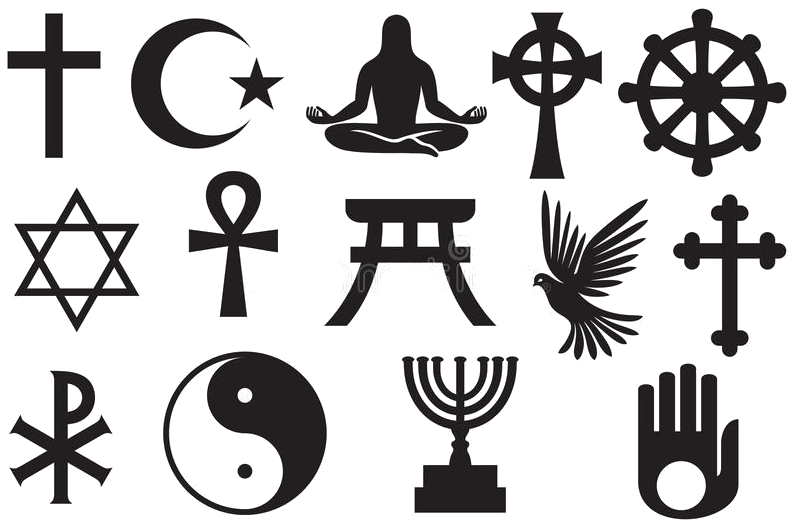 Religion
Religion
 Islam
Islam
 Republic of the Sudan
Republic of the Sudan
 Saudi Arabia
Saudi Arabia
 Somalia
Somalia
 Syria
Syria
 Tajikistan
Tajikistan
 Tunisia
Tunisia
 Turkey
Turkey
 Uzbekistan
Uzbekistan

Verteilung muslimischer Glaubensrichtungen: Grün: sunnitische Gebiete; Rot: schiitische Gebiete; Blau: Ibaditen (Oman)
Die Sunniten bilden die größte Glaubensgruppe im Islam. Ihre Glaubensrichtung selbst wird als Sunnitentum oder Sunnismus bezeichnet. Die Bezeichnung ist von dem arabischen Wort Sunna (‚Brauch, Handlungsweise, überlieferte Norm, Tradition‘) abgeleitet. Diejenigen, die der sunnat an-nabī, der „Sunna des Propheten“ (sc. Mohammed), folgen, werden im Arabischen als ahl as-sunna („Leute der Sunna“) und im Türkischen als Ehl-i Sünnet bezeichnet, was im Deutschen üblicherweise als „Sunniten“ wiedergegeben wird. Neben ahl as-sunna wird im Arabischen auch der erweiterte Ausdruck ahl as-sunna wal-dschamāʿa (arabisch أهل السنة والجماعة, DMG ahl as-sunna wal-ǧamāʿa ‚Leute der Sunna und der Gemeinschaft‘) verwendet. Die Glaubenslehren der Sunniten werden in verschiedenen Glaubensbekenntnissen dargestellt, die sich je nach dogmatischer Ausrichtung der Autoren unterscheiden.
Heute gelten die Schiiten als die wichtigste Gegengruppe zu den Sunniten, allerdings hat sich das sunnitische Selbstbewusstsein im Mittelalter nicht nur in Absetzung zu den Schiiten, sondern auch zu den Charidschiten, Qadariten und Murdschi'iten herausgebildet. Über die Frage, welche dogmatischen Lehrrichtungen dem Sunnitentum angehören, besteht unter den muslimischen Gelehrten keine Einigkeit. Eine der wenigen internationalen Initiativen zur Klärung der sunnitischen Identität war die Sunnitenkonferenz von Grosny im August 2016. Auf ihr wurden die Takfīrī-Salafisten und andere extremistische Gruppen wie der Islamische Staat aus dem sunnitischen Islam ausgeschlossen.[1]
逊尼派(阿拉伯语:أهل السنة والجماعة,ʾAhl ūs-Sunnah wa āl-Ǧamāʿah,简称أهل السنة ʾAhl ūs-Sunnah),又译素尼派,原意为遵循圣训者,为伊斯兰教中的最大派别,自称“正统派”,与什叶派对立。一般认为,全世界大约有85~91%穆斯林隶属此派别[1][2][3]。
スンナ派(アラビア語:(أهل السنة (والجماعة 、ラテン文字転写:Ahl as-Sunnah (wa’l-Jamā‘ah))、あるいはスンニ派(日本では報道などでこちらが一般的に知られる)は、イスラム教(イスラーム)の二大宗派のひとつとされる。他のひとつはシーア派である。イスラームの各宗派間では、最大の勢力、多数派を形成する。
Sunni Islam (/ˈsuːni, ˈsʊni/) is the largest denomination of Islam, followed by 87–90% of the world's Muslims, characterized by a greater emphasis upon the prophet, the sahabah (in particular the Rashidun), and customs deduced thereof.[1][2] Its name comes from the word sunnah, referring to the behaviour of the Islamic prophet Muhammad.[3] The differences between Sunni and Shia Muslims arose from a disagreement over the succession to Muhammad and subsequently acquired broader political significance, as well as theological and juridical dimensions.[4]
According to Sunni traditions, Muhammad did not clearly designate a successor and the Muslim community acted according to his sunnah in electing his father-in-law Abu Bakr as the first caliph.[4] This contrasts with the Shia view, which holds that Muhammad announced his son-in-law and cousin Ali ibn Abi Talib as his successor, most notably at Ghadir Khumm.[5][6][7][8][9] Political tensions between Sunnis and Shias continued with varying intensity throughout Islamic history and have been exacerbated in recent times by ethnic conflicts and the rise of Wahhabism.[4]
The adherents of Sunni Islam are referred to in Arabic as ahl as-sunnah wa l-jamāʻah ("the people of the sunnah and the community") or ahl as-sunnah for short.[10][11] In English, its doctrines and practices are sometimes called Sunnism,[12] while adherents are known as Sunni Muslims, Sunnis, Sunnites and Ahlus Sunnah. Sunni Islam is sometimes referred to as "orthodox Islam",[13][14][15] though some scholars view this translation as inappropriate.[16]
The Quran, together with hadith (especially those collected in Kutub al-Sittah) and binding juristic consensus, form the basis of all traditional jurisprudence within Sunni Islam. Sharia rulings are derived from these basic sources, in conjunction with analogical reasoning, consideration of public welfare and juristic discretion, using the principles of jurisprudence developed by the traditional legal schools. In matters of creed, the Sunni tradition upholds the six pillars of iman (faith) and comprises the Ash'ari and Maturidi schools of rationalistic theology as well as the textualist school known as traditionalist theology. Sunni Islam is not a coherent line of tradition, but a consolidation of doctrines and positions worked out over time in discussions and writings.[17]
Le sunnisme1 est le principal courant religieux de l'islam représentant 90 % des musulmans du monde2. Constituant l'un des trois grands courants de l'islam avec le chiisme et le kharidjisme, le sunnisme se distingue des autres courants de l'islam par son interprétation de la religion. Les sunnites sont désignés en arabe comme les gens de la « sunna » et de la majorité religieuse (ahl al-sunna wa'l-djama‘a). Par opposition aux chiites et aux kharidjites, on les appelle parfois « musulmans orthodoxes »3.
Il sunnismo (in arabo: أهل السنة والجماعة, ahl al-sunna wa l-jamāʿa[1], "il popolo della Sunna e della Comunità") è la corrente maggioritaria dell'Islam, comprendendo circa l'85% dell'intero mondo islamico[2]. Essa riconosce la validità della Sunna (consuetudine[3], identificata coi Sei libri) e si ritiene erede della giusta interpretazione del Corano[1], articolata giuridicamente in 4 scuole o madhhab. Queste si dividono in Hanafismo, Malikismo, Sciafeismo, Hanbalismo. Mentre il cristianesimo è la maggiore religione del mondo (con 2,1 miliardi di aderenti) e l'Islam la seconda (con 1,8 miliardi), come confessioni il sunnismo (1,6 miliardi) supera il cattolicesimo (1,2 miliardi). Nell'islam, oltre al sunnismo, le principali confessioni sono rappresentate dallo Sciismo e dal Kharigismo. Sono presenti inoltre numerose forme minori (vedi denominazioni islamiche).
Nel sunnismo, così come nelle altre confessioni islamiche, ci sono divisioni interne tra i credenti sufi e coloro che rifiutano l'approccio sufico.
Los suníes1(en idioma árabe, سنّة) ʾAhlu-s-Sunnati wa-l-Jamāʿah (en árabe, أهل السنة والجماعة) son el grupo musulmán mayoritario en la comunidad islámica mundial. Su nombre procede del hecho de que, además del Corán, son devotos de la Sunna, colección de dichos y hechos atribuidos al profeta Mahoma. Aunque el Islam sunita se compone de una variedad de escuelas teológicas y legales que se desarrollaron a través de entornos históricos, localidades y culturas, los sunitas de todo el mundo comparten algunas creencias comunes: la aceptación de la legitimidad de los primeros cuatro sucesores del profeta Mahoma (Abu Bakr, Omar , Uthman y Ali), y la creencia de que otras sectas islámicas han introducido innovaciones (bidah), partiendo de la creencia mayoritaria.
Sunni Islam se desarrolló a partir de las luchas en el Islam temprano sobre el liderazgo. Las posiciones políticas y religiosas surgieron de las disputas sobre la definición de la creencia "verdadera", la libertad y el determinismo. Los sunitas tienden a rechazar el racionalismo excesivo o el intelectualismo en cuestiones de credo, centrándose en el espíritu y la intención de las fuentes primarias y utilizando argumentos racionales, cuando sea necesario, para defender la ortodoxia y refutar la herejía.23
Сунни́ты, ахль ас-су́нна ва-ль-джама‘а (от араб. أهل السنة والجماعة — «люди сунны и согласия общины») — последователи основного и наиболее многочисленного направления в исламе.
 AFC Champions League 2015
AFC Champions League 2015
 AFC Champions League 2016
AFC Champions League 2016
 AFC Champions League 2017
AFC Champions League 2017
 AFC Champions League 2018
AFC Champions League 2018
 AFC Champions League 2019
AFC Champions League 2019
 AFC Champions League 2020
AFC Champions League 2020
 AFC Champions League 2021
AFC Champions League 2021
 AFC Champions League 2022
AFC Champions League 2022
 AFC Champions League 2023
AFC Champions League 2023
 AFC Champions League 2024
AFC Champions League 2024
 AFC Champions League 2025
AFC Champions League 2025
 Australia
Australia
 China
China
 Iran
Iran
 Israel
Israel
 Japan
Japan
 Katar
Katar
 Republic of Korea
Republic of Korea
 Saudi Arabia
Saudi Arabia
 Thailand
Thailand
 United Arab Emirates
United Arab Emirates


 Bahrain
Bahrain

 Hand in Hand
Hand in Hand

 Hand in Hand
Hand in Hand
 Institute of Culture and Language
Institute of Culture and Language
 India
India
 Katar
Katar
 National Capital Territory
National Capital Territory
 Oman
Oman
 Saudi Arabia
Saudi Arabia
 Uttar Pradesh
Uttar Pradesh
 United Arab Emirates
United Arab Emirates

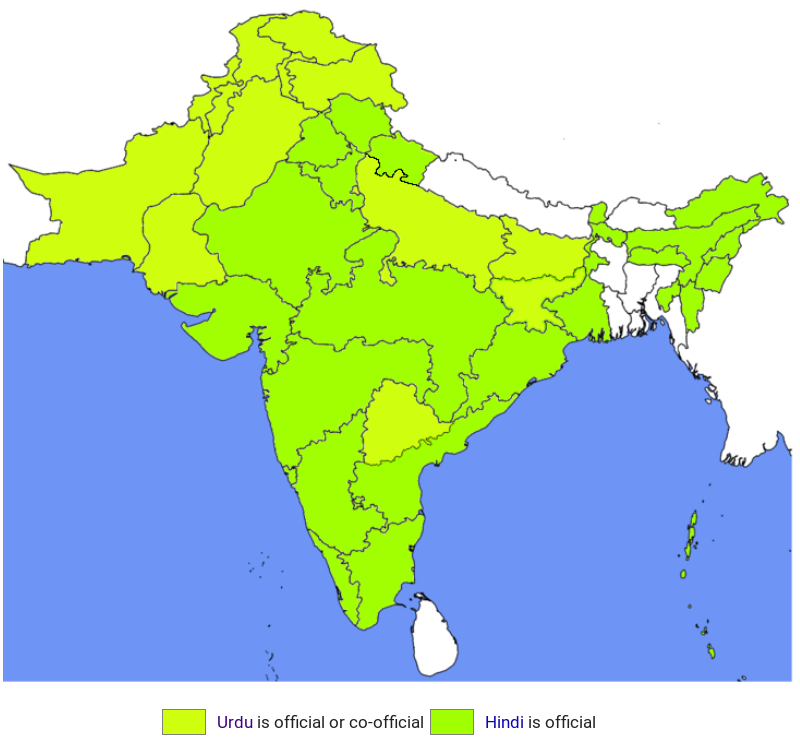
Urdu (anhörenⓘ/?) (persisch: اردو DMG urdū; kurz für زبان اردو معلہ DMG zabān-i urdū-yi muʿalla, deutsch ‚Sprache des königlichen Lagers‘)[1] ist eine indoarische Sprache und gehört zum indoiranischen Zweig der indogermanischen Sprachfamilie. Die Bezeichnung „Urdu“ tauchte erstmals im Jahr 1780 in den Gedichten von Ghulam Hamdani Mushafi auf. Ältere und heute weniger gebräuchliche indigene Namen waren لشکری Laschkarī, abgekürzt von لشکری زبان laschkarī zubān, deutsch ‚Armeesprache‘, کھڑی بولی kharī bolī, deutsch ‚stehende / etablierte Sprache‘ oder einfach ہندوی Hindavī, deutsch ‚indisch‘.
乌尔都语(乌尔都语:اُردُو)是属于印欧语系印度-伊朗语族的印度-雅利安语支。从使用人数来看,乌尔都语大约排名世界第20名,是巴基斯坦的国语,也是印度的24种规定语言之一。如果从宏观角度来看,乌尔都语可看成是印度斯坦语的一部分,所有印度斯坦语言构成世界上第四大的语言。在1200年到1800年,南亚在德里苏丹国和莫卧儿帝国的统治下,乌尔都语受到波斯语、突厥语、库尔德语和阿拉伯语的影响。

| 省份 | 省府 | 人口 (2017) | 面积 (km) | ||
|---|---|---|---|---|---|
| 1 | 利雅得省 (ar-Riyad) | 利雅得 | 8,216,284 | 404,240 | |
| 2 | 麦加省 (Mekka) | 麦加 | 8,557,766 | 153,148 | |
| 3 | 麦地那省 (Medina) | 麦地那 | 2,132,679 | 151,990 | |
| 4 | 东部省 (asch-Scharqiyya) | 达曼 | 4,900,325 | 672,522 | |
| 5 | 盖西姆省 (al-Qasim) | 布赖代 | 1,215,858 | 58,046 | |
| 6 | 哈伊勒省 (Ha'il) | 哈伊勒 | 699,774 | 103,887 | |
| 7 | 塔布克省 (Tabuk) | 塔布克 | 910,030 | 146,072 | |
| 8 | 北部边疆省 (al-Hudud) | 阿尔阿尔 | 375,310 | 111,797 | |
| 9 | 吉赞省 (Dschāzān) | 吉赞 | 1,567,547 | 11,671 | |
| 10 | 奈季兰省 (Nadschran) | 奈季兰 | 505,652 | 149,511 | |
| 11 | 巴哈省 (al-Baha) | 巴哈 | 476,172 | 9,921 | |
| 12 | 焦夫省 (al-Dschauf) | 塞卡凯 | 508,475 | 100,212 | |
| 13 | 阿西尔省 (Asir) | 艾卜哈 | 2,211,875 | 76,693 | |

 Afghanistan
Afghanistan
 Egypt
Egypt
 Armenia
Armenia
 Azerbaijan
Azerbaijan
 Bahrain
Bahrain
 Georgia
Georgia
 Iraq
Iraq
 Iran
Iran
 Israel
Israel
 Yemen
Yemen
 Jordan
Jordan
 Katar
Katar
 Kuwait
Kuwait
 Libanon
Libanon
 Oman
Oman
 Palestine
Palestine
 Saudi Arabia
Saudi Arabia
 Syria
Syria
 Turkey
Turkey
 United Arab Emirates
United Arab Emirates
 Cyprus
Cyprus
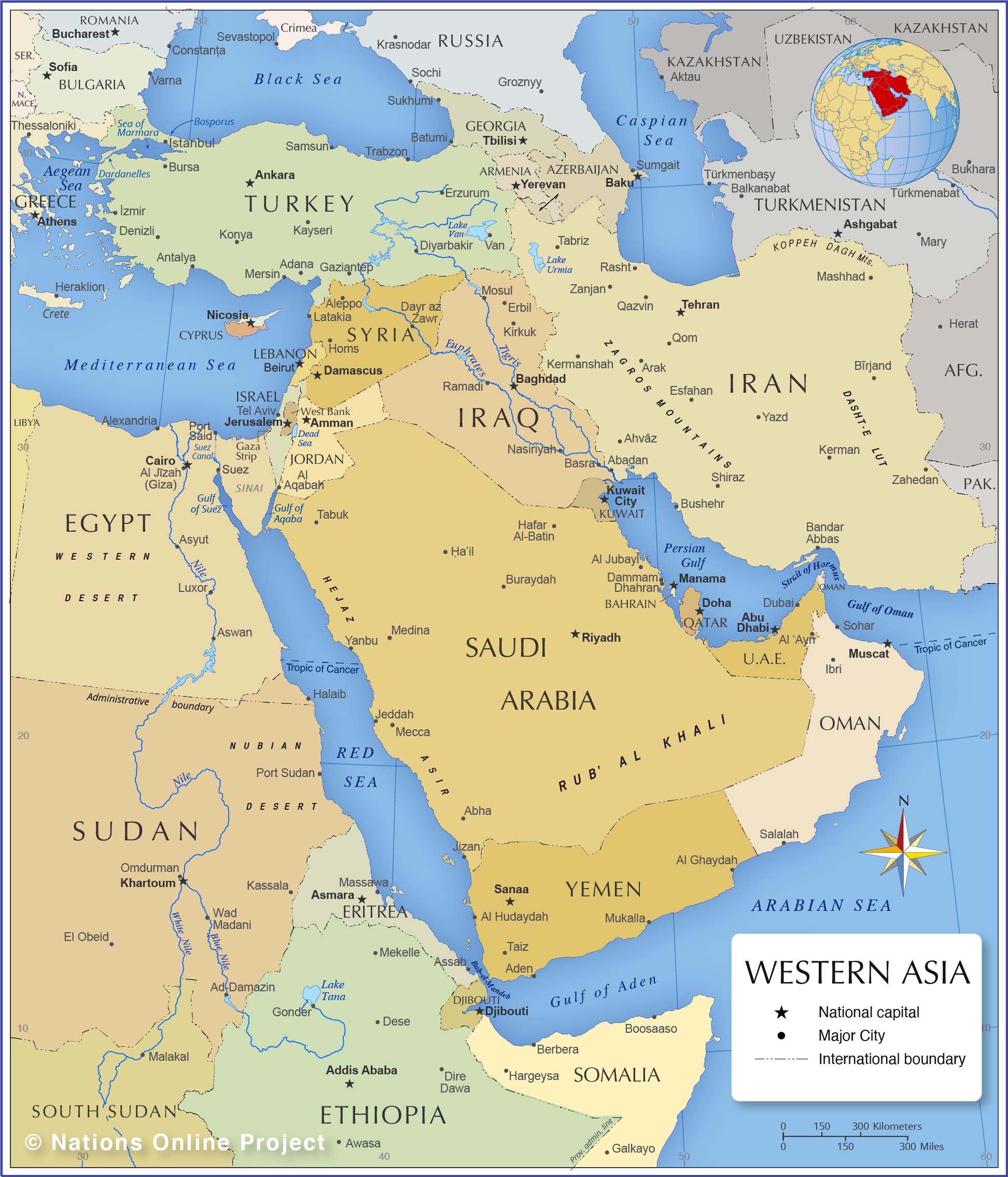
 Transport and traffic
Transport and traffic
 Sport
Sport
 Financial
Financial
 Geography
Geography